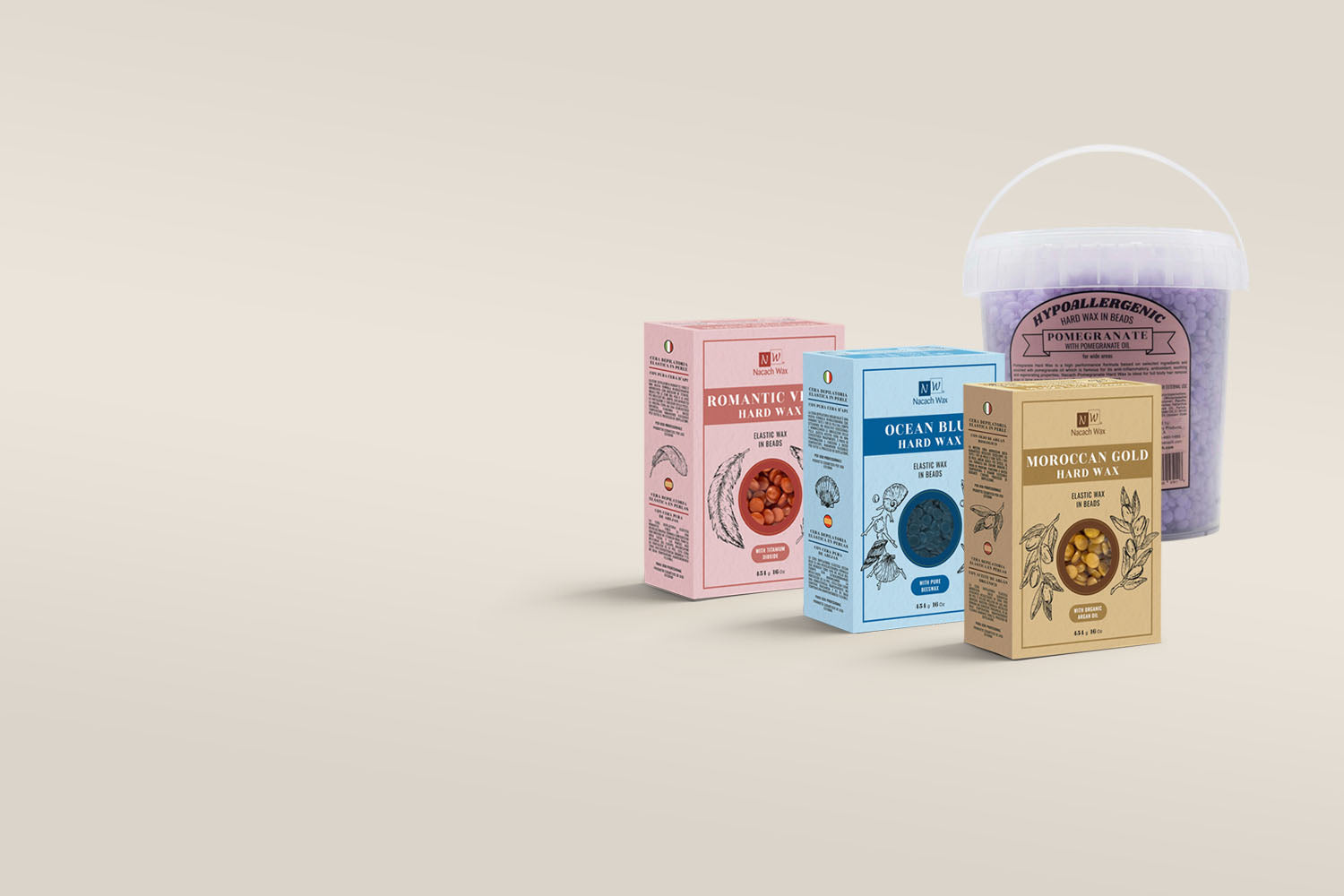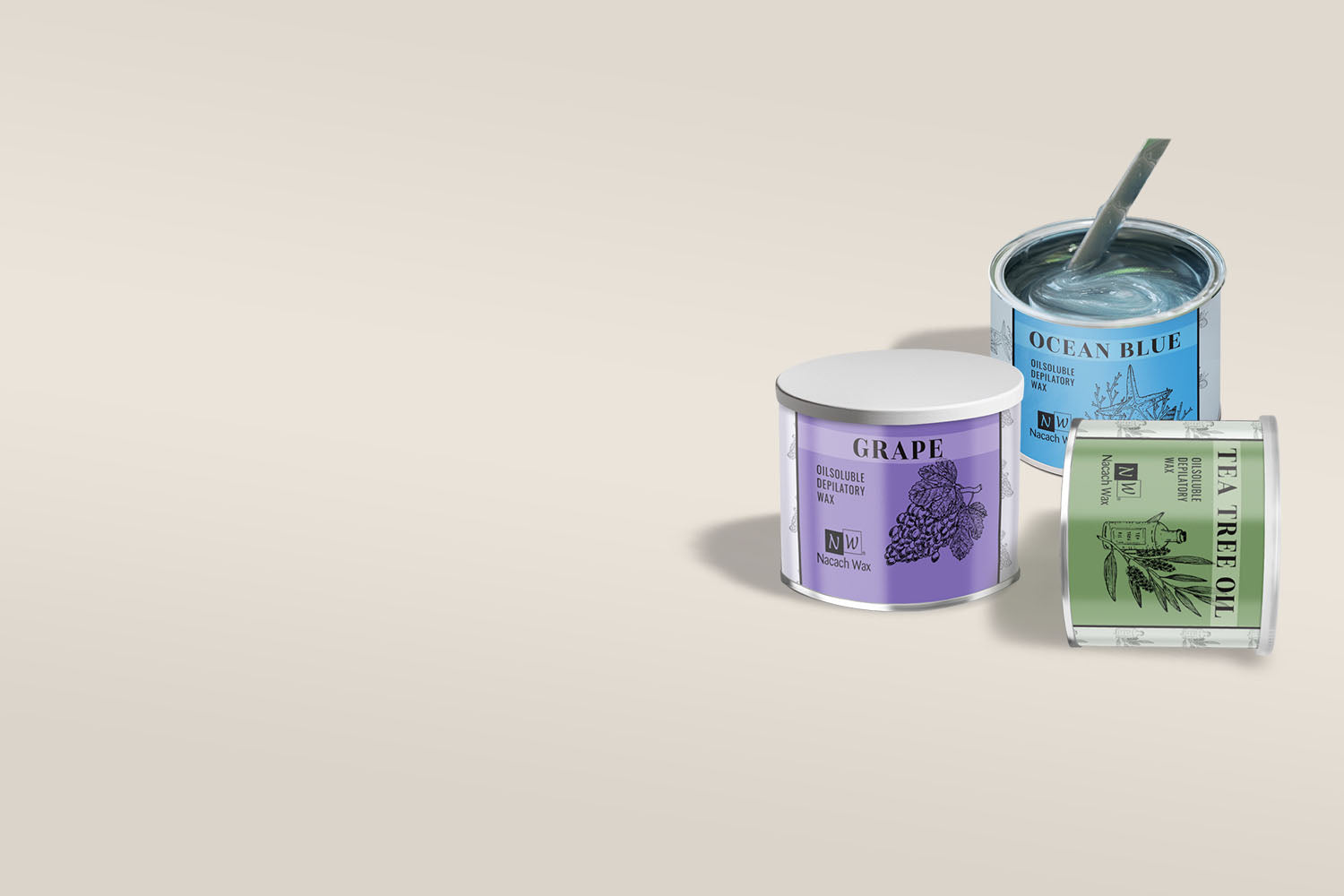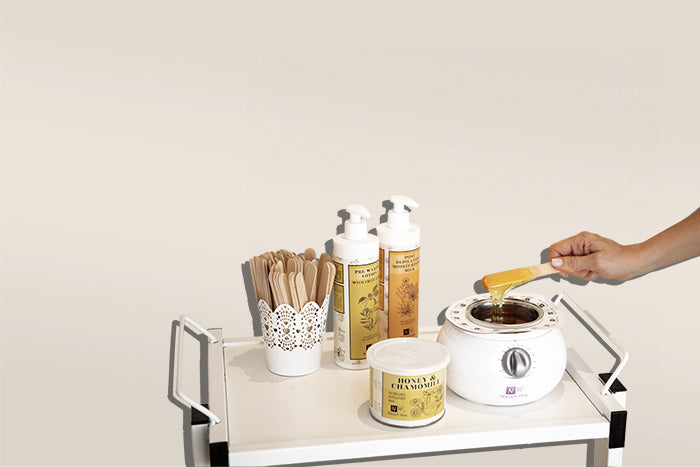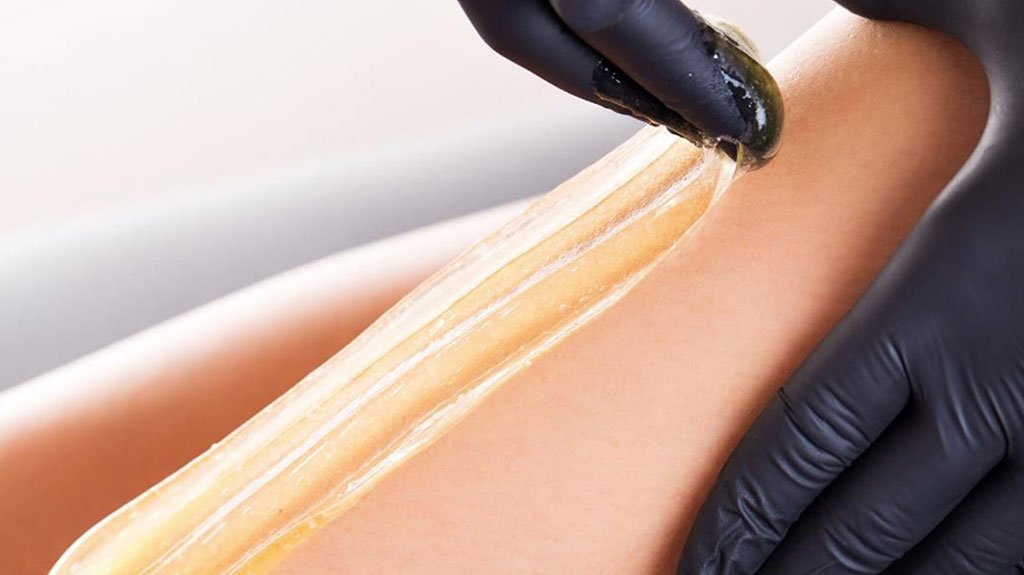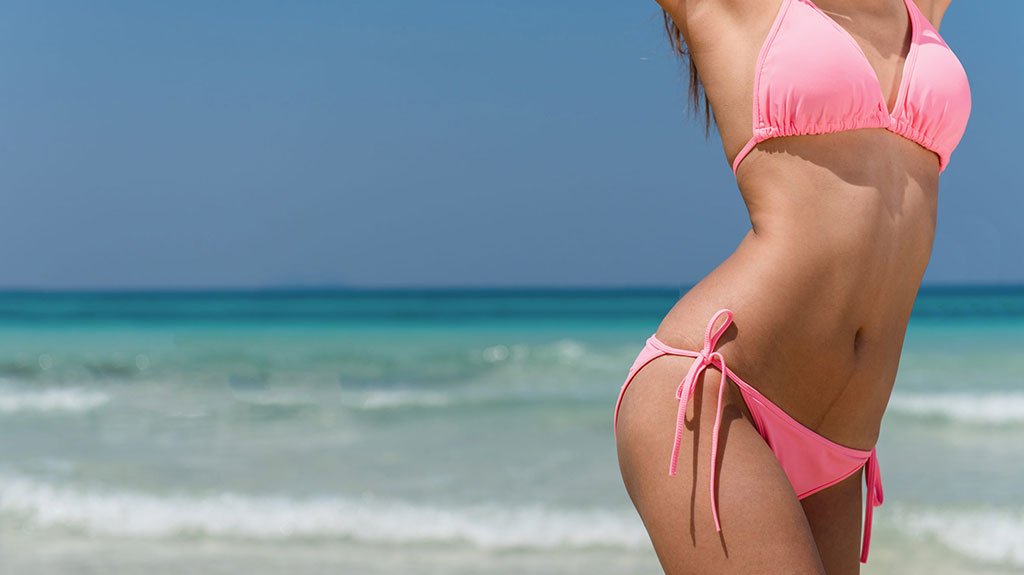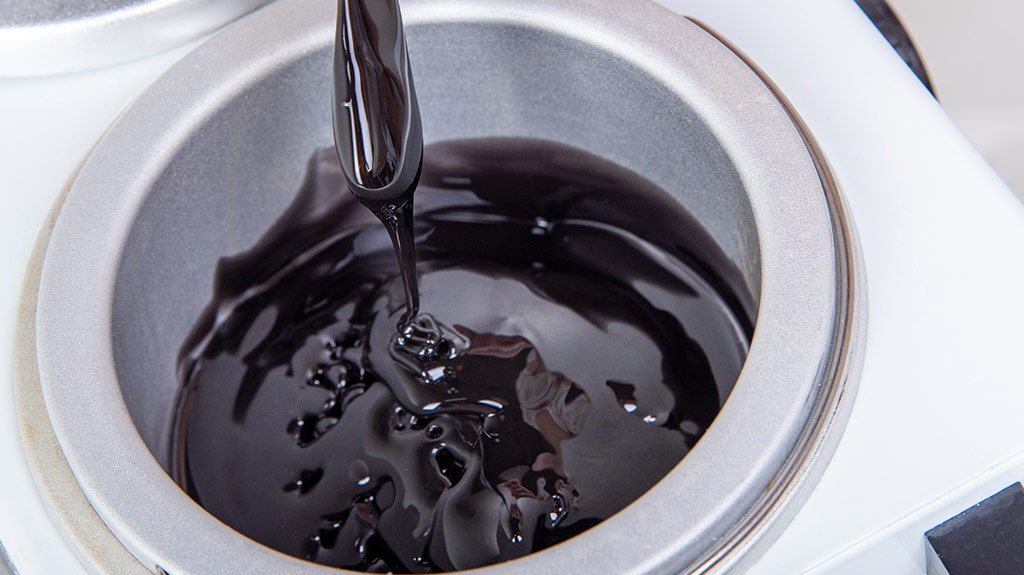Body sugaring is a hair removal treatment that’s an alternative to traditional waxing. It may be even older than traditional waxing, with evidence suggesting that even the ancient Egyptians enjoyed a sugar wax treatment from time to time. Sugaring involves a sticky paste instead of melted wax, and many people report that sugaring is a little less irritating or painful than traditional waxing. But what is sugaring, and how does it work? And is it for you? Read on to find out.

Sugaring vs. Waxing
Everyone has heard of waxing. Whether it’s soft wax for the legs or hard wax for the bikini line, probably most of you will have either had or toyed with the idea of a waxing session at some point. Waxing uses melted wax, which hardens on unwanted hair, and then pulls that hair out when firmly and quickly pulled away from the skin.
Sugaring is a similar process and often referred to as sugar waxing, but no wax is involved. So, what is sugaring? Well, sugar paste or sugaring paste is spread onto the skin, then simply pulled off in a flicking motion. Sugar hair removal works because of the stickiness of the paste that clings to the hair and pulls it out. Creams can be used for pre and post wax care to reduce redness and irritation.
What Is Sugaring Paste?
Sugaring paste, made from two key ingredients:
- Sugar
- Water
Some sugar pastes have additional ingredients such as lemon juice or other natural ingredients that are designed to be beneficial to the skin. Many professional waxes come in different strengths like Nacach Strong Sugar Paste, which can be used in warmer environments without liquifying too much. Unlike waxing, sugar paste is removed in the direction of the hair growth, which helps prevent ingrown hairs.
What Is Hard Wax?
Hard wax is made of hard wax beads that are melted in a warmer to achieve a consistent liquid. This liquid, once cool enough to apply to the skin comfortably, is then spread in 2 to 3 mm layers onto small areas of skin. Once it cools completely and hardens, the wax is pulled off the skin in the opposite direction of hair growth.
What Is Soft Wax
When it comes to hard wax vs. soft wax, here’s what you need to know. Soft wax is soft enough for a muslin strip to be rubbed onto it while it is on the skin. This strip is used to rip the wax off the skin, pulling the hair with it. Because soft wax is softer and more flexible, it can be used over larger areas, so it’s preferable to use soft wax for legs, arms, and armpits. Soft wax tends to leave a residue behind, though, so is considered a much messier treatment than hard wax, which only leaves a very light residue behind, making it more easily removed with lotions.
Why Choose Sugar Waxing?
Here are some of the benefits of sugar waxing, according to people who have tried both sugar wax and traditional wax hair removal.
A Cleaner Treatment
Although sugar wax might seem at first to be sticky and messy, it’s actually easier to clean up than regular wax. Sugar wax is completely water-soluble, so it’s super easy to clean off the skin. It also washes right out of clothes if there’s a spillage, unlike traditional wax, which is incredibly stubborn to get out of fabrics.
Less Irritation
Many people find the heat and tugging of a traditional wax treatment irritating to their skin. This can result in redness and soreness, as well as the initial flare of pain as the hair is pulled out. Sugaring may be more gentle on the skin, although every user tends to have their own preference as to what type of wax suits them best.
Brazilian Sugaring
Is a sugaring Brazilian wax treatment really less painful than a traditional Brazilian wax? Many people think so. When it comes to sugaring, Brazilian waxes are one of the treatments that tend to turn users away from traditional wax. Brazilian sugaring is considered kinder to the delicate skin of the pubic area as the paste doesn’t adhere to the skin and hair is removed in the direction of growth rather than against the grain. When sugaring hair removal is never hot, never done against the grain and skin may stay smooth and hair-free for three to five weeks between treatments.
Can You Do Sugaring at Home?
It is possible to make a DIY sugar paste, but professionals don’t really recommend it. Too much of any single ingredient could lead to skin irritation, plus professional waxes are usually dermatologically tested to ensure they are safe to use on sensitive areas. You can absolutely buy your own professional sugar paste and attempt the treatment in your own home. Legs and armpits are the simplest to do yourself or with the help of a beauty specialist. If you’re learning to be an esthetician, you might be able to convince friends and family to let you practice on them in the comfort of your own home.
Of course, if sorting out your Brazilian wax at home seems a bit daunting, you can always leave it to the professionals. Pop on Google or your favorite search engine and type in “facial waxing near me” or “best-rated hair removal” to find a local sugaring professional if you don’t feel up to the task yourself. Intimate areas are the most difficult to sugar wax yourself. Also, if you are moving straight from shaving to waxing, it’s best to let someone else do this professionally for you as shaving can leave hair coarser and more difficult to deal with. Have you ever been sugared? What was your experience like?
Takeaway
Sugaring is an alternative to traditional wax hair removal. Sugar waxing uses a paste made from natural ingredients to grip and remove the hair. Some people consider sugaring treatments, particularly Brazilian sugaring, to be less painful than traditional hair removal wax. Everyone has their own preferences when it comes to sugaring vs. waxing.


